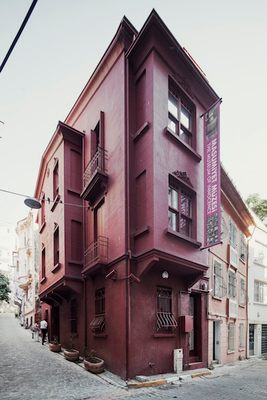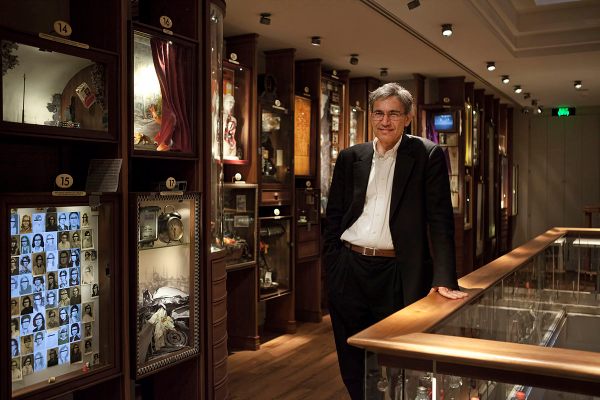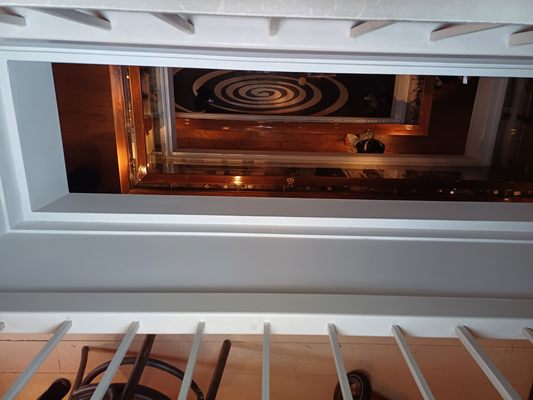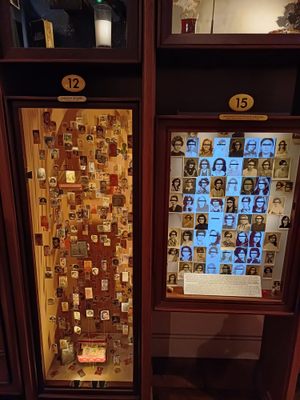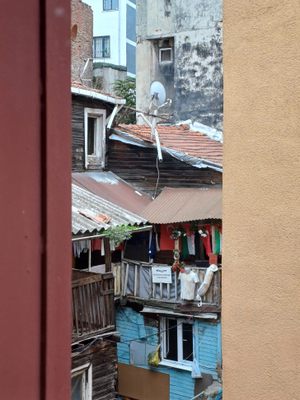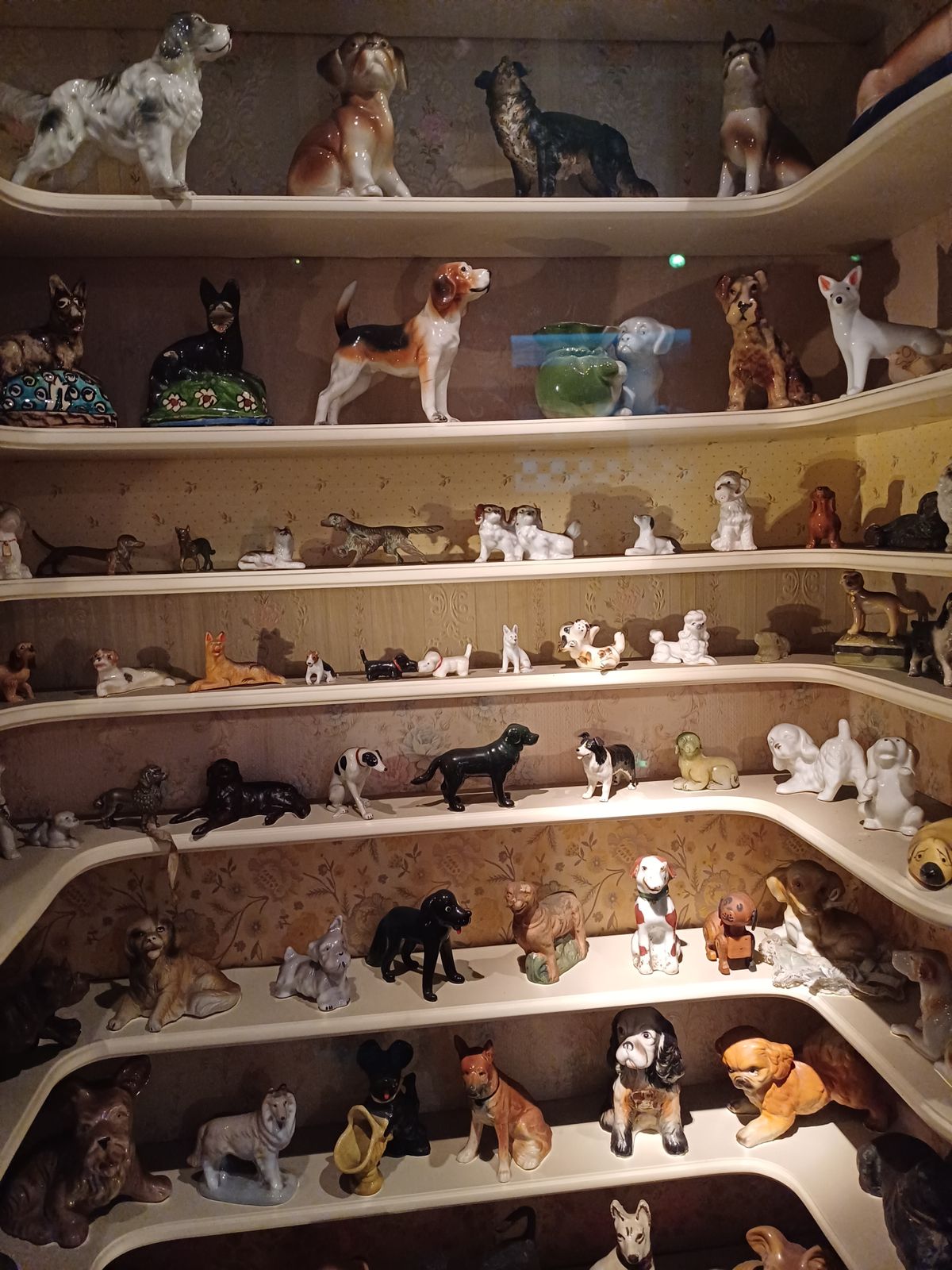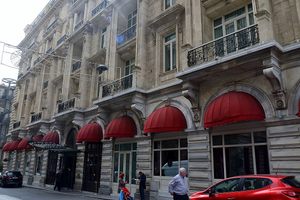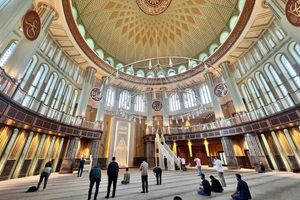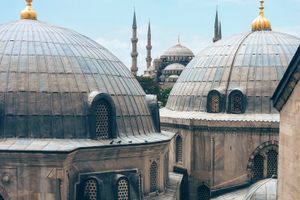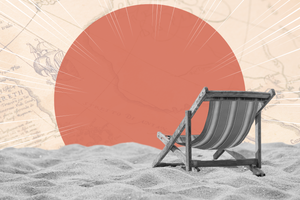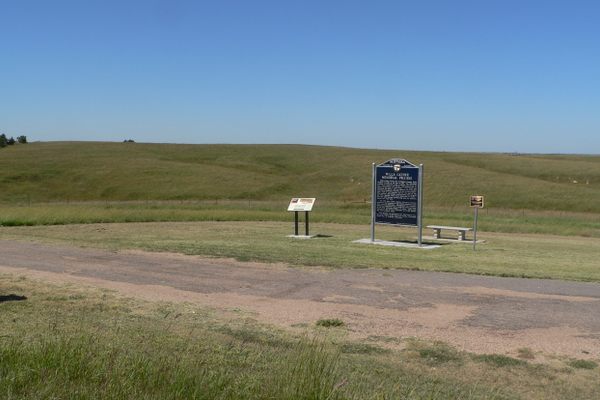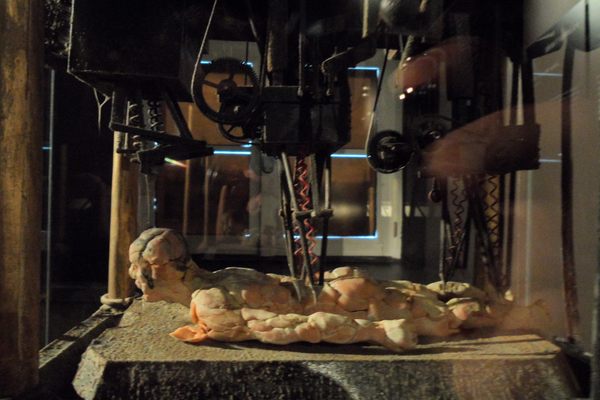About
In the backstreets of Çukurcuma, sloping towards the Bosporus from Istiklal Caddesi, the main pedestrian commercial thoroughfare of Istanbul, is the Museum of Innocence, a collection of items straight from a work of fiction.
It is the work of novelist Orhan Pamuk, whose novel The Museum of Innocence was conceived of and created along with the museum itself. “And yet,” writes Pamuk, “just as the novel is entirely comprehensible without a visit to the museum, so is the museum a place that can be visited and experienced on its own. The museum is not an illustration of the novel, and the novel is not an explanation of the museum.”
Pamuk’s novel follows the life of Kemal, an upper-class man from Istanbul, through the 1960s and 70s. Kemal develops an obsessive love with his young cousin Füsun, whom he pursues. His pursuit takes him to Füsun’s family home in Çukurcuma, to a building which becomes the fictional, and now the physical, museum.
Inside the museum are objects which evoke stories and memories of the Istanbul of the 1970s. Some objects, such as Füsun’s dress or driver’s license or the view from her room, are taken directly from the novel. Objects are displayed in cases corresponding to chapters in the novel. On the ground floor of the museum is a large spiral, representing the Aristotelian conception of time as the line which links the series of unbreakable, atomic moments of the “present,”—the concept from which objects of the museum link the moments of the novel to the characters living out its arc.
In creating the Museum of Innocence, Pamuk was driven by the sentiment that “museums should explore and uncover the universe and humanity of the new and modern man emerging from increasingly wealthy non-Western nations.” Pamuk’s catalogue of the Museum of Innocence, The Innocence of Objects, includes a “modest manifesto for museums.” This manifesto suggests guidelines from which the actual museum could be understood and experienced. For example:
"5. The measure of a museum’s success should not be its ability to represent a state, a nation or company, or a particular history. It should be its capacity to reveal the humanity of individuals."
"9. If objects are not uprooted from their environs and their streets, but are situated with care and ingenuity in their natural homes, they will already portray their own stories."
"11. The future of museums is inside our own homes."
The Museum of Innocence may be the first museum that was born in fiction, created in the real world, and actively continues to affect the future of such institutions.
Related Tags
Know Before You Go
From the Museum of Innocence website: The Museum of Innocence is in Istanbul, in the neighbourhood of Çukurcuma, between İstiklal Avenue and Tophane. Walking distances from nearby landmarks are, in minutes: 12 from Taksim, 8 from Galatasaray, 8 from Tophane, 10 from Istanbul Modern, 10 from Cihangir. For those making their way to the museum by tram, the nearest stop is Tophane, an 8 minute walk away.
Community Contributors
Added By
Published
February 4, 2014

